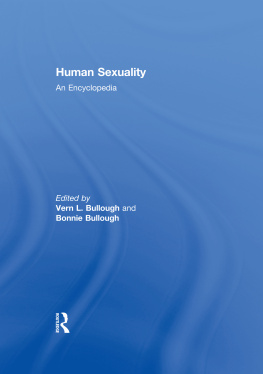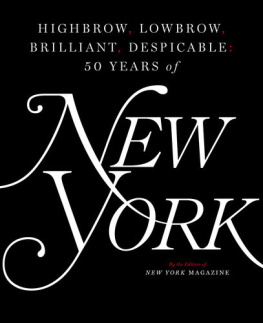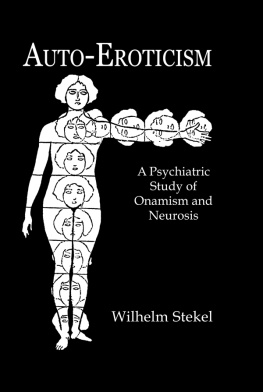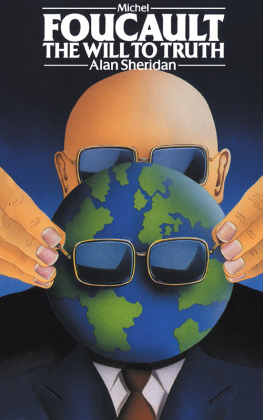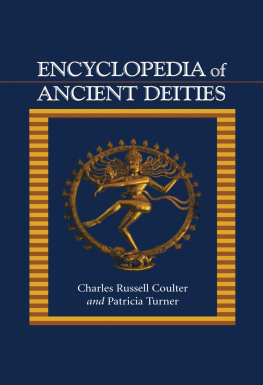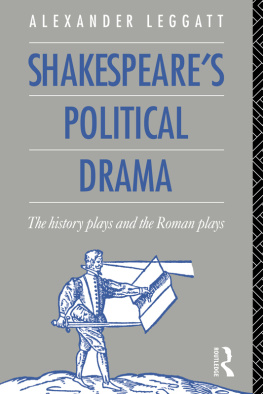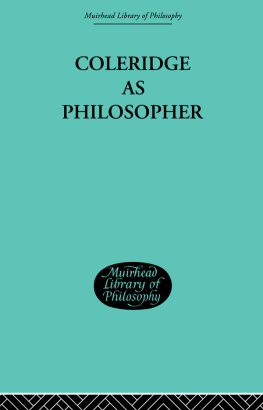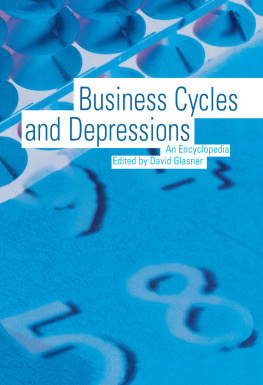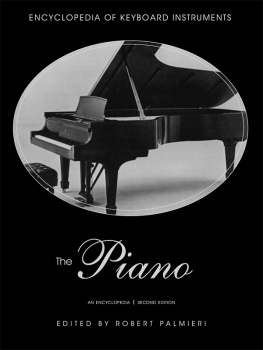Human
Sexuality
An Encyclopedia
EDITED BY
Vern L. Bullough
and
Bonnie Bullough
First published 1994 by Garland Publishing, Inc.
This edition published 2013 by Routledge
711 Third Avenue, New York, NY 10017, USA
2 Park Square, Milton Park, Abingdon, Oxon OX14 4RN
Routledge is an imprint of the Taylor & Francis Group, an informa business
Copyright 1994 Vern L. Bullough and Bonnie Bullough All rights reserved
Library of Congress Cataloging-in-Publication Data
Human sexuality: an encyclopedia /edited by Vern L. Bullough and
Bonnie Bullough.
p. cm. (Garland reference library of social science; vol.
685)
ISBN 0-8240-7972-8 (alk. paper)
1. SexDictionaries. I. Bullough, Vern L. II. Bullough,
Bonnie. III. Title: Human sexuality. IV. Series: Garland reference
library of social science; v. 685.
HQ9.H846 1994
306.703dc20
93-32686
CIP
HUMAN SEXUALITY
Garland Reference Library of Social Science
(Vol. 685)
To Our Contributors and Colleagues
in the Field of Human Sexuality
Contents
The purpose of an encyclopedia is to gather in one place information that otherwise would be difficult to find. By its very nature, however, an encyclopedia can never be complete because information keeps changing and new interpretations emerge. We did, however, try to make the encyclopedia as comprehensive as possible, and we have gathered together approximately 100 contributors, who have collectively turned out over 200 articles. We tried to select the individuals who were experts in their field, and all the contributors met the scholarly and scientific standards we tried to set. In some cases, we deliberately sought out younger scholars to diversify the points of view represented.
We believe the articles are authoritative and reflect a variety of viewpoints. This is natural, since the contributors come from a wide range of disciplinesfrom nursing to medicine, from biology to historyand include sociologists, psychologists, anthropologists, political scientists, literary specialists, academics and nonacademics, clinicians and teachers, researchers and generalists. Our task was made somewhat easier than we originally anticipated because after our work on this encyclopedia started, A Descriptive Dictionary and Atlas of Sexology (1991) was published. Editors Robert T. Francoeur, Timothy Perper, and Norman A. Scherzer took as their task brief definitions of many of the sexual phenomena on which we had originally planned articles. Their book allowed us to concentrate on longer articles and major issues (which include many of the sexual phenomena), and it should be regarded as an additional reference work in this field.
This is not the first set of volumes to clam the title of encyclopedia of human sexuality. Only two claimants to the title, however, would meet our definition of encyclopedia. The first is the one-volume Encyclopedia Sexualis (1936), edited by Victor Robinson, and the second is the two-volume Encyclopedia of Sexual Behavior (1961), edited by Albert Ellis and Albert Abarbanel. Robinson was a pioneer sexologist in the United States, while Ellis and Abarbanel were major figures in sexology in the 1960s. Though most of the contributors to the Ellis and Abarbanel volumes are dead, a handful are still active, and some of themsuch as John Money and Ira Reisscontributed to this work. We are proud to follow in the footsteps of Robinson, Ellis, and Abarbanel.
This current work includes articles on many of the same topics found in the two earlier encyclopedias, but a surprising number of topics included here were not listed by them because new research has broadened our knowledge. Those interested in the history of sex and the changing nature of sex research can judge the pace of developments in understanding human sexuality by comparing what was said 60 years ago in the Robinson encyclopedia or 30 years ago in the Ellis and Abarbanel volumes with what is said now. Albert Ellis was one of the founders of the then newly formed Society for the Scientific Study of Sex (SSSS), and its early members contributed significantly to his volume, as current members of the SSSS and other sex groups such as SIECUS and AASECT contributed to this encyclopedia.
Since the 1960s, the study and teaching of human sexuality have grown. Most college campuses now offer courses in human sexuality, and some courses have been extended down to the high-school level. There are a number of first-class college textbooks in the field, and some are now beginning to be made available to high schools. Courses in human sexuality are either required or recommended for many of the professional help givers, and a few universities even offer doctorates in some field of human sexuality. There are a number of specialized refereed journals dealing with various aspects of human sexuality, and there are a growing number of sexuality professionals. There is also a public appetite for more accurate sex information, which this encyclopedia is designed to meet.
There is also a growing shelf of specialized reference books on various aspects of sexuality. One such reference work, the Encyclopedia of Homosexuality , edited by Wayne F. Dynes (New York: Garland Publishing, 1990), was important in the genesis of this one, since Gary Kuris of Garland, encouraged by the success Dyne's work, commissioned this one. Much to our own surprise, there is very little overlap between the two works.
As in any encyclopedia, various subtopics are often included under a general topic, and to help the reader find them we have prepared a comprehensive index of subjects and individuals. If you do not find an article with the heading in which you are interested, please turn to the index, and, we hope, it will be found there. Almost all articles include a list of references where the interested reader can find additional information. Brief biographies of some of the more important sex researchers, educators, and therapists have been included, but only those of individuals who are deceased or are elder statespersons in the field. There is also an appendix of sources of sex information.
In the end, however, the strength of an encyclopedia depends on its contributors and we think few reference works in any field can match the collective expertise of the contributors to this volume. Perhaps because they recognized the importance of an encyclopedia in their field, they were also dedicated, and this project was completed much faster than we had anticipated. The contributors' names and affiliations are listed elsewhere in this book, as are the names of our contributing and advisory editors (often the same people); the name of the author appears at the end of each article.
Works such as this, however, require more than a set of editors and expert advisers and contributors; they require expert help in putting all the manuscripts into computer-readable form, help in keeping track of the various contributors, and a crew of dedicated professionals at Garland. Special thanks are due not only to Gary Kuris, Phyllis Korper and Eunice Petrini, but also to Alice Stein, who oversaw much of the first phase of the manuscript in her capacity as managing editor and prepared the final index. Thanks to all.
Andrew Behrendt, Ph.D.
Milton Diamond, Ph.D.
James Elias, Ph.D.
Robert Friar, Ph.D.
Kenneth George, Ed.D.
Bernard Goldstein, Ph.D.
Richard Green, Ph.D.

